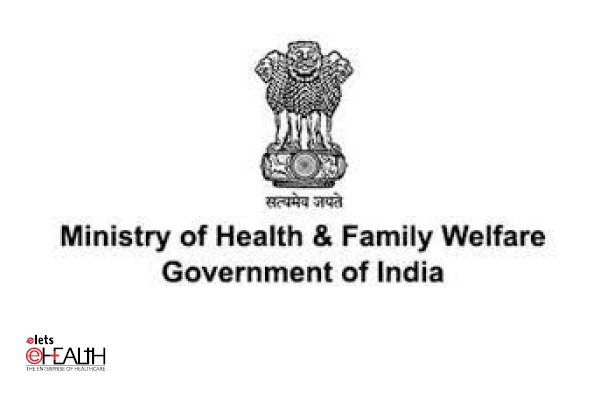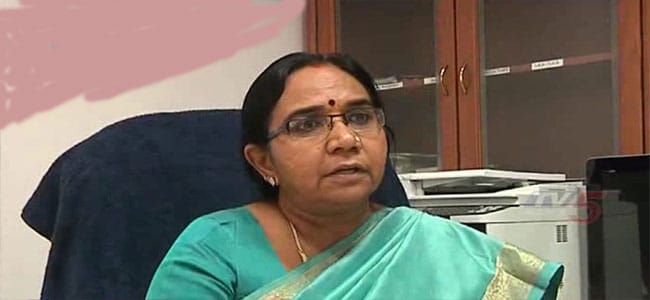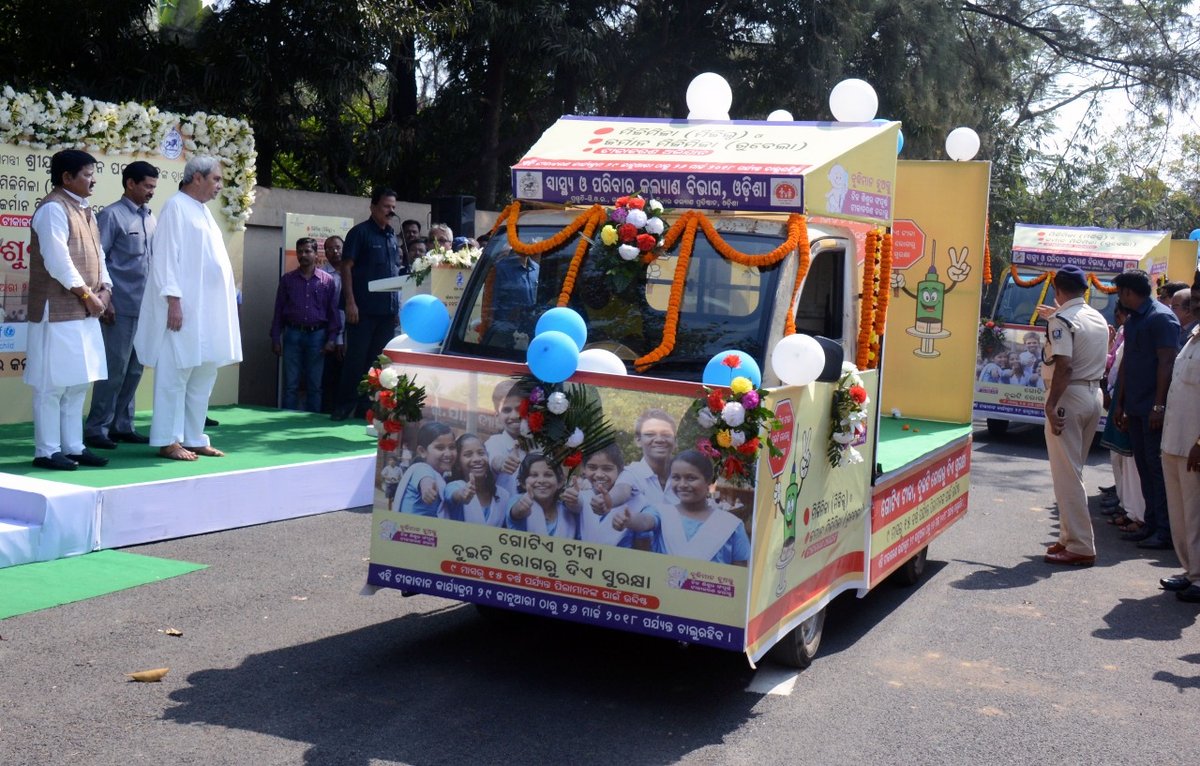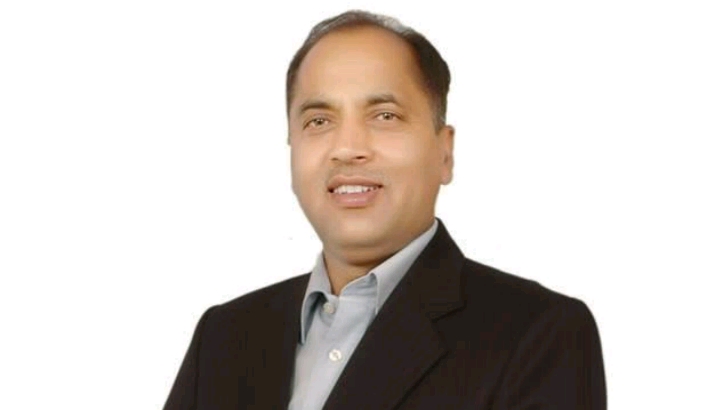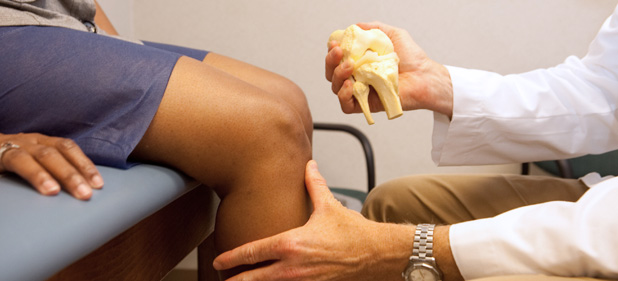
Figures released on Monday show that at present 25,295 doctors from India, who finished medical training in their home country are treating patients in the United Kingdom.

This means 1 in every 10 doctors in UK practising at present is from India. Indians, therefore, make up the highest number of foreign healthcare staff in the UK.
About one third of doctors registered with the General Medical Council (GMC) have been trained abroad and more than a quarter were trained outside Europe.
What’s more is that the international migration of doctors and nurses to UK and Europe is all set to increase.

On Monday, Health Poverty Action (HPA) released data to show that by 2020, European Union will face a shortage of around 970,000 health care workers. This would include a shortage of 230,000 doctors, 150,000 dentists, pharmacists and physiotherapists and 590,000 nurses.
India has only one doctor for every 1,700 people, according to the country’s Planning Commission.
In comparison, the doctor-population ratio globally is 1.5:1,000. China’s doctor population ratio stands at 1:1063, Korea 1:951, Brazil 1:844, Japan 1:606, the UK 1:469, the US 1:350 and Germany 1:296.
A recent Planning Commission report said India is short of six lakh doctors, 10 lakh nurses and two lakh dental surgeons. Indian doctors, however, form 5% of the medical workforce in developed countries. Almost 60,000 Indian physicians are working in countries like the US, the UK, Canada and Australia alone.
A recent paper in the Lancet said India had eight healthcare workers, 3.8 allopathic doctors and 2.4 nurses per 10,000 population.
When compared to other countries, this is about half the WHO benchmark of 25.4 workers per 10,000 people.
Health Poverty Action says migration patterns are often driven by a combination of ‘push factors’ in source countries – including lack of infrastructure and training opportunities and low wages and ‘pull factors’ in destination countries, which include the prospect of better remuneration and living conditions.
Critics have accused active recruitment practices of leading to the enticement of health workers from countries experiencing a health worker shortage. In 2007 for example, there were 270 agencies specialising in the recruitment of nurses from abroad in the US alone.
In the European Union (EU) approximately 17.1 million people were employed in the healthcare sector in 2010, accounting for 8% of all EU jobs.
Between 2000 and 2010, employment in the healthcare sector grew by 21% and — unlike in other sectors — even continued to grow after 2008, despite the economic crisis.
Data suggest that between nearly 30% (Austria, Belgium, Denmark, Germany, Netherlands and Poland), 60% (France and Italy) and even 80% (Ireland and the UK) of these internationally-trained doctors come from non-EU countries.
Be a part of Elets Collaborative Initiatives. Join Us for Upcoming Events and explore business opportunities. Like us on Facebook , connect with us on LinkedIn and follow us on Twitter , Instagram.



